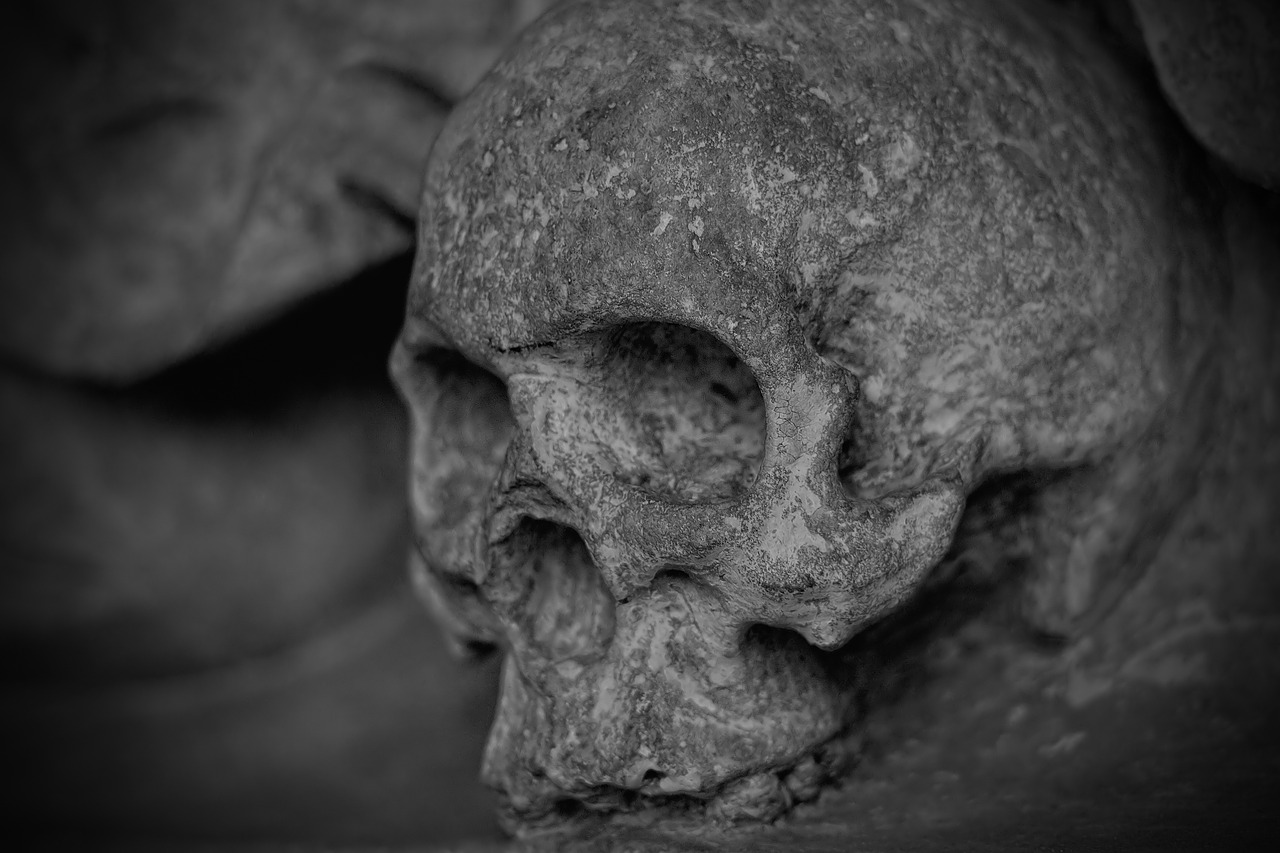According to a statement released by Uppsala University, a team of researchers led by Mattias Jakobsson has sequenced the genome of a woman whose 35,000-year-old skull was discovered in southern Romania’s Peștera Muierri cave system in the 1950s.
The study suggests that this woman, who was an ancestor of the hunter-gatherers who lived in Europe until the end of the most recent Ice Age some 10,000 years ago, inherited a high level of genetic diversity. It had been previously thought that such diversity was lost some 80,000 years ago as populations moved out of Africa and into Asia and Europe.
Previous studies of the woman’s remains also found similarities with both modern humans and Neanderthals, but the new analysis shows low levels of Neanderthal DNA in her genome.
source archaeology.org
Ask me anything
Explore related questions





